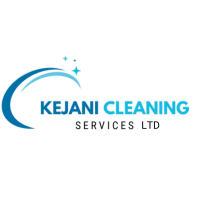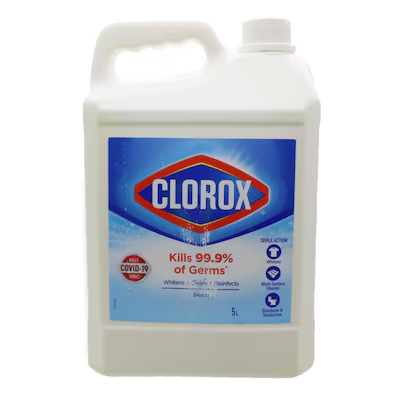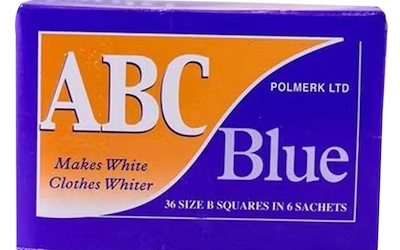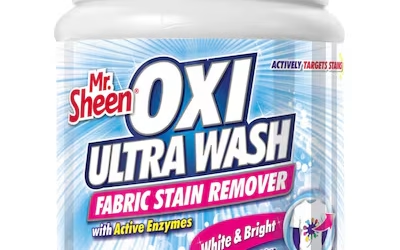Bleaching white clothes is an effective way to restore their brightness and remove stubborn stains. However, the process requires proper handling to prevent fabric damage and ensure safe results. Below is a detailed guide on the best way to bleach white clothes, ensuring they remain crisp and bright without compromising fabric quality.
Types of Bleach for White Clothes
1. Chlorine Bleach
- Best For: Cotton, polyester, and durable fabrics.
- Strength: Highly effective at removing tough stains and yellowing.
- Caution: Can weaken fabrics over time and should not be used on delicate materials like wool or silk.
2. Oxygen Bleach (Non-Chlorine)
- Best For: Delicate and colored whites.
- Strength: Gentle yet effective at brightening whites and removing mild stains.
- Caution: Safe for most fabrics but may require a longer soaking period.
Preparation Before Bleaching
- Read the Care Label: Ensure the garment is bleach-safe. Look for symbols indicating compatibility with chlorine or non-chlorine bleach.
- Pre-Treat Stains: Apply a stain remover to any visible spots to enhance the bleaching process.
- Test for Colorfastness: Apply bleach to an inconspicuous area to ensure it won’t cause discolouration.
Step-by-Step Guide to Bleaching White Clothes
1. Chlorine Bleach Method
Materials Needed:
- Chlorine bleach
- Laundry detergent
- Measuring cup
- Gloves
Instructions:
- Dilute the Bleach: Mix ¾ cup of bleach per gallon of water. Avoid pouring bleach directly onto clothes to prevent fabric damage.
- Add to Washer: For machine washing, add bleach during the wash cycle or into the designated dispenser.
- Wash in Warm Water: Use warm water for optimal bleaching results, unless the garment’s care label advises otherwise.
- Rinse Thoroughly: Ensure all bleach is rinsed out to prevent fabric weakening.
2. Oxygen Bleach Method
Materials Needed:
- Oxygen bleach powder or liquid
- Laundry detergent
- Large basin or bucket
Instructions:
- Dissolve the Bleach: Follow the manufacturer’s instructions for the correct ratio of bleach to water.
- Soak the Garment: Submerge the clothing in the solution for 30 minutes to several hours, depending on the stain’s severity.
- Rinse and Wash: After soaking, rinse thoroughly and wash as usual with detergent.
Safety Precautions When Using Bleach
- Wear Protective Gear: Always use gloves to protect your skin and avoid inhaling bleach fumes.
- Ventilate the Area: Ensure proper ventilation by opening windows or using fans.
- Avoid Mixing with Other Cleaners: Never mix bleach with ammonia or other cleaning agents, as this can produce toxic fumes.
Alternative Natural Bleaching Methods
For those who prefer eco-friendly options, natural methods can brighten white clothes effectively:
1. Lemon Juice and Sunlight
- How to Use: Add one cup of lemon juice to your wash cycle, then dry clothes in direct sunlight.
- Effectiveness: Mild bleaching and deodorizing properties, ideal for delicate whites.
2. Baking Soda and Vinegar
- How to Use: Add ½ cup of baking soda and ½ cup of white vinegar to the wash cycle.
- Effectiveness: Removes stains, neutralizes odors, and brightens whites naturally.
Maintaining White Clothes After Bleaching
- Separate Whites from Colors: Always wash whites separately to prevent color transfer.
- Use the Right Detergent: Opt for detergents formulated for white clothes to maintain brightness.
- Air Dry When Possible: Sun drying naturally brightens whites and reduces wear from the dryer.
Conclusion
Bleaching is a powerful tool to keep white clothes looking fresh and new. Whether using chlorine bleach, oxygen bleach, or natural alternatives, proper techniques and safety precautions are essential for success. At Kejani Cleaning, we offer high-quality laundry products, including bleach options that cater to various fabrics and needs, ensuring your white garments remain in pristine condition.




0 Comments